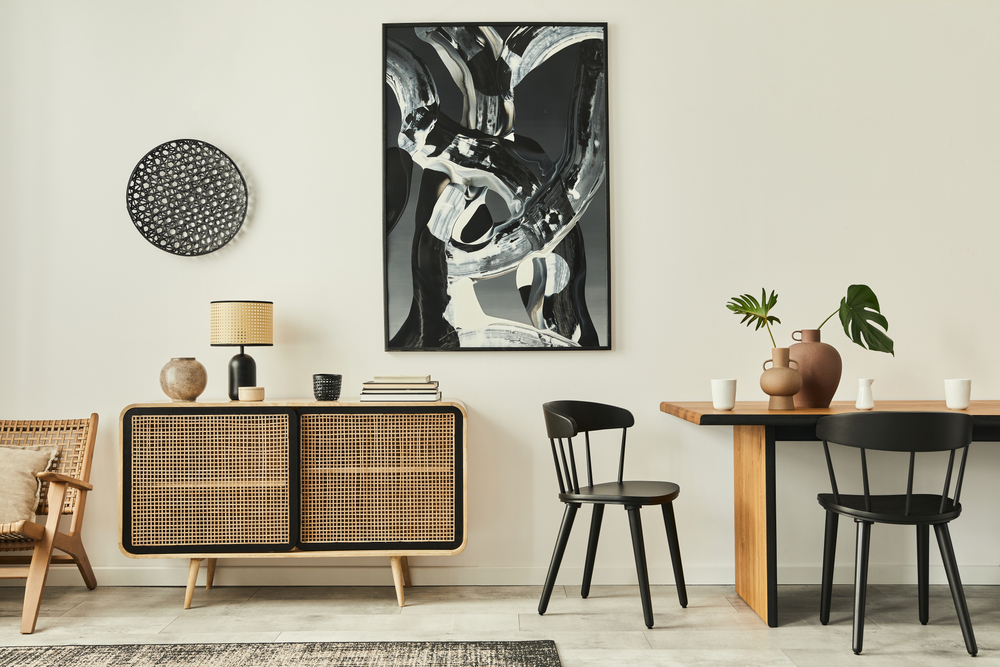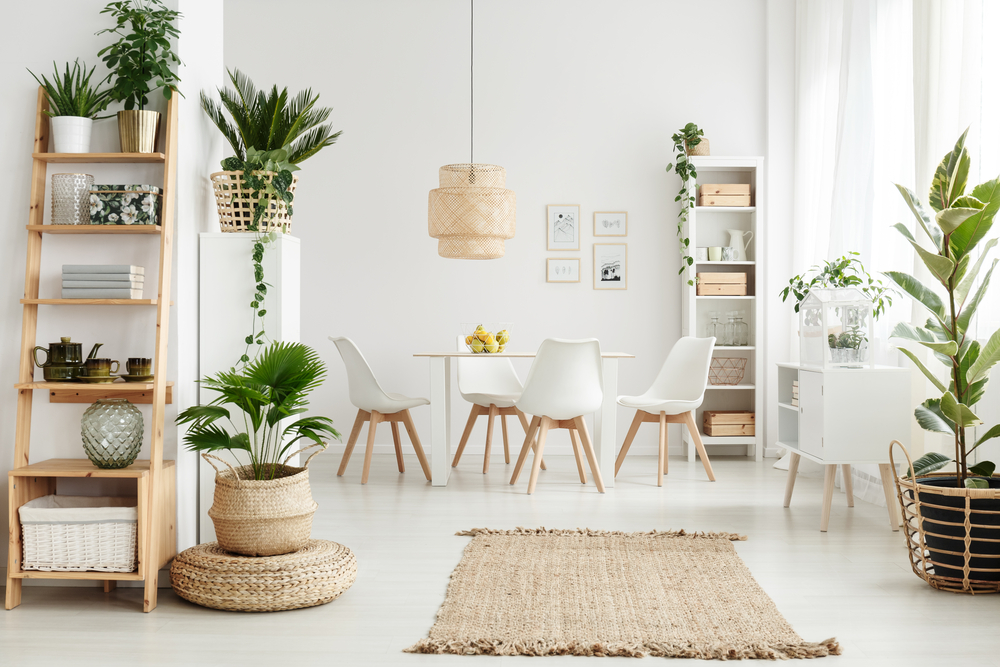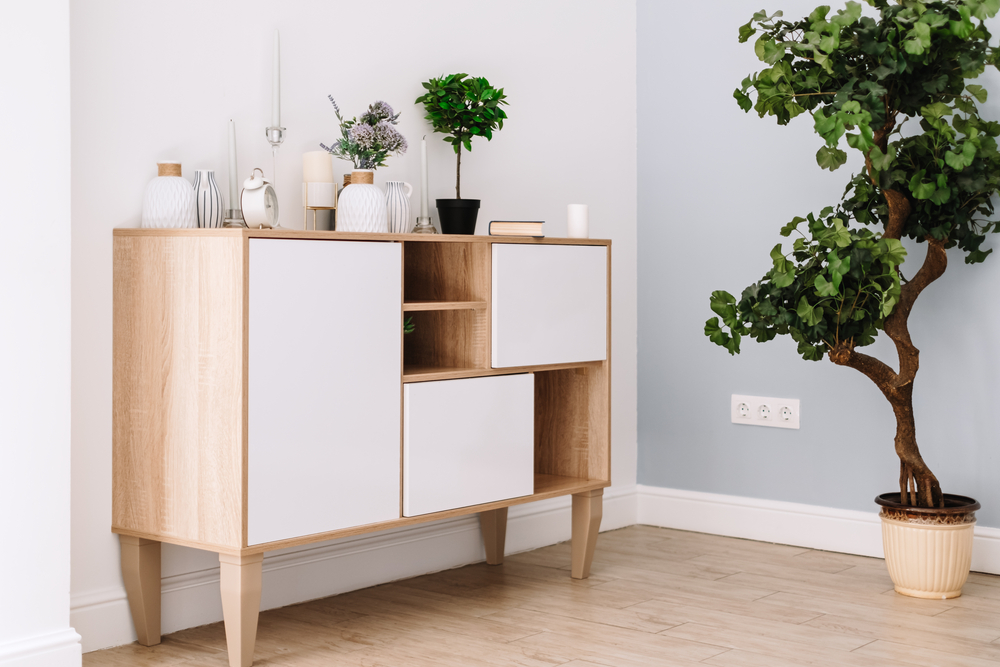Uncategorised
Why Scandinavian Furniture is the Latest Trend in Home Decor?
Introduction
Have you ever walked into a room and felt an immediate sense of calm and warmth? There’s a high chance that room was adorned with Scandinavian furniture. Scandinavia, a region in Northern Europe encompassing countries like Denmark, Norway, and Sweden, has given the world a unique blend of design that’s both functional and aesthetically pleasing. Over recent years, the allure of Scandinavian furniture has risen tremendously. Let’s explore the many reasons behind its skyrocketing popularity.
Why Scandinavian Furniture is the Latest Trend in Home Decor
In the realm of home decor, few styles have made an impact as lasting and profound as Scandinavian design. Known for its simplicity, functionality, and connection to nature, it’s no wonder that homeowners worldwide are embracing this trend.
1. Emphasis on Minimalism
The modern world is chaotic, and our homes often reflect that. Scandinavian furniture offers a solution. Built on the principles of minimalism, these pieces prioritize function without compromising on style. Clean lines, lack of clutter, and neutral color palettes create an atmosphere of tranquility, allowing homeowners to find peace amidst the daily hustle.
2. High-Quality Craftsmanship
Scandinavian furniture isn’t just about aesthetics. It’s a representation of exceptional craftsmanship. The focus on sustainability means that the pieces are not only environmentally friendly but are built to last, offering great value for money.
3. Connection with Nature
Scandinavian design draws inspiration from nature, from the deep forests of Sweden to the fjords of Norway. This connection is evident in the natural materials used, such as wood, stone, and leather. Bringing these elements indoors creates a space that feels both organic and refreshing.
4. Versatility in Design
Despite its minimalistic roots, Scandinavian furniture is incredibly versatile. Whether your home boasts a modern, rustic, or even industrial aesthetic, there’s a Scandinavian piece that will fit seamlessly.
5. Affordability and Accessibility
Gone are the days when quality furniture meant breaking the bank. Many brands now offer Scandinavian-inspired pieces at a fraction of the cost, making this trend accessible to a broader audience.


Historical Roots of Scandinavian Design
Understanding the present requires a look into the past. The roots of Scandinavian design can be traced back to the early 20th century, a period marked by a move towards functionalism and modernism. Scandinavians believed in creating items that improved daily life, leading to the birth of this iconic style.

Incorporating Scandinavian Furniture in Your Home
Ready to embrace this trend? Here are some practical tips:
1. Start Small: Begin with accent pieces like a coffee table or a lamp. 2. Mix and Match: Combine Scandinavian items with your existing decor. 3. Prioritize Comfort: Opt for cozy textiles and ergonomic designs. 4. Use Neutral Colors: Think whites, grays, and soft pastels. 5. Let Nature In: Incorporate plants and natural light.
The Future of Scandinavian Design
As more individuals strive for a balanced lifestyle, the demand for Scandinavian furniture will only grow. The fusion of functionality, sustainability, and style ensures that this trend is here to stay.
 Conclusion
Conclusion
Scandinavian furniture has transformed the way we view and experience home decor. Its perfect blend of functionality, design, and connection to nature has made it the latest trend in homes across the globe. As the world moves towards a more sustainable and mindful future, the principles of Scandinavian design will remain ever-relevant. Embrace this trend and redefine your living spaces!
Take a browse around the Gooding360 website and pick choose some Scandinavian style furniture to transform your home.
Scandinavian design is popular due to its emphasis on minimalism, functionality, and a connection with nature. Its timeless appeal and high-quality craftsmanship make it a favorite among homeowners.
Focus on multi-functional pieces and prioritize items that provide storage solutions. Use mirrors and neutral colors to make the space feel larger.
Yes, a core principle of Scandinavian design is sustainability. Natural materials are often used, and there’s a strong emphasis on creating long-lasting items.
Neutral colors like whites, grays, and soft pastels dominate Scandinavian interiors.
While there are similarities, they are distinct styles. Scandinavian design places a strong emphasis on warmth and comfort, while minimalism might lean more towards simplicity and absence.


 Conclusion
Conclusion